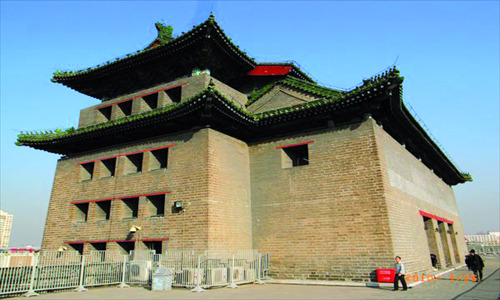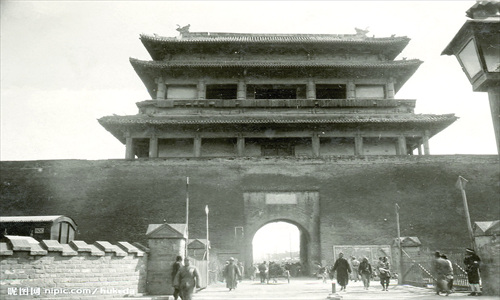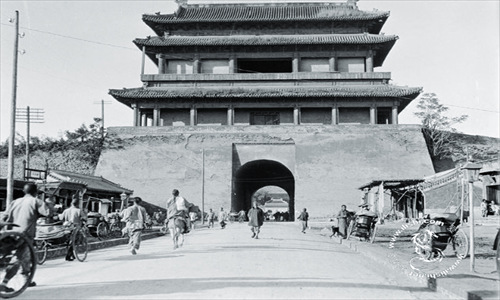
Deshengmen (1437- present)
Deshengmen is the luckiest gate since it has miraculously managed to remain untouched, save for a few renovations. In the past, it was the major access gate for troops to pass through when off to the battlefield. One precious item that makes the gate particularly outstanding is a stone column with Emperor Qianlong's (1711-1799) poem on. It is said that the word desheng ("win over morality") inspired Qianlong, who at the time of writing was already 62 years old.

Andingmen (1409-1969)
Andingmen was where troops who had lost on the battlefield were meant to pass through due to its name meaning composure and peace. However, what mostly passed through the gate were dung carts as a result of being close to a big cesspit outside the city gate. Now both the gate and the cesspit have disappeared.

Dongzhimen (1368-1965)
Bricks and wood were all gathered here before being dispatched to the rest of the city. Some even made brick kilns outside the gate for convenience. Apart from transporting these materials for construction, Dongzhimen was also one of the busiest gates. From restaurants to groceries, businessmen opened their stores along the roads near the gate.
Recently the Beijing Municipal Bureau of Cultural Relics Protection announced that they are planning a construction project to renovate old, iconic architecture in Beijing, including the city gates.
Most of these gates were razed to the ground after 1949, especially during the construction of Subway Line 2, which has been built on the previous moat surrounding these gates and the walls. However, their memory still resonates in the city.
Lifestyle has dug out some of the unusual stories and secrets behind these city gates.

Copyright ©1999-2011 Chinanews.com. All rights reserved.
Reproduction in whole or in part without permission is prohibited.